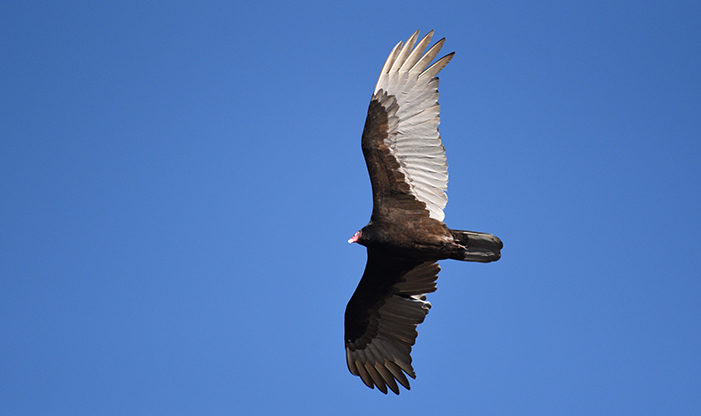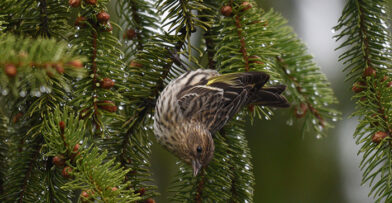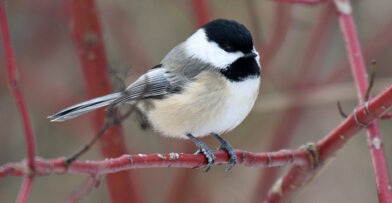With great strength, grace, and beauty, birds are admirably adapted to the skies. They can travel hundreds of miles in a day, dive through the air at unimaginable speeds, and maneuver through tight spaces with a single flap of the wing. But have you ever wondered how flight can actually happen? Many factors are at play, including biology and physics, to culminate in this complex form of movement. Concepts from physics are key to understanding the mechanics behind flight.
The Forces Behind Flight
There are four opposing forces on a moving object that determine its mobility through space: weight, lift, thrust, and drag. Generally speaking, thrust is a force pushing an object forward; drag is the friction holding it back. When thrust is stronger than drag, the subject can move forward. Weight, or gravity, is the force downwards towards earth. It’s determined by the mass of the object. Lift is the upward force allowing the subject to get higher in the air. If the lift force is stronger than the force of gravity pulling it down, a bird can be airborne. Therefore, if a bird’s thrust (forward force) and lift (upward force) are stronger than gravity and friction, they can fly.
How does lift occur? This is where the physical design of a bird’s body and wings are essential. A bird’s wing, for example, is built in the shape of an airfoil. This can be roughly described as a comma ( , ) on its side. The top of the wing curves upwards before tapering down to the back. The underside follows this upward curvature. Because of this shape, there is less surface area on the top of wing than the underside. When the air moves around the wing, the air above the wing moves across it faster than the air underneath. This results in different air pressures on either side of the wing. There is lower air pressure above the wing, and the bird has created lift.
The Role of Muscles and Wings
Over 50 muscles in the body work together to help a bird fly. Some are responsible for the downward and upward motions, some for folding and unfolding the wings, while others control the small yet essential orientation of each flight feather. For an example, let’s think of a duck: when a duck takes off from a pond, they create strong thrust forces to become airborne by rotating their wings in a rowing motion. The wings do not just go up and down but appear to ‘scoop’ the air and push it behind them in a figure-eight shape. This rowing of the wings provides the thrust upwards as well as increases the lift force as much as possible by reducing air pressure.
Flight is one of the most energy demanding forms of locomotion experienced by any animal. Many larger birds, with heavier masses, utilize large sail-like wings to soar on thermals. Turkey Vultures, for example, can cover up to 200 miles in day with very little flapping if the conditions are right with air currents. Conversely, hummingbirds constantly flap, adjusting the angle of their wings and flight feathers to have the ability to hover in front of a flower. They can maneuver their wings both vertically and horizontally, like a helicopter, affecting the air pressures around them and, therefore, lift and drag forces.
Bodies and Flight
From the largest eagles to the smallest wrens, birds’ bodies embody the physical principles of flight. Whether they’re soaring on thermals like condors or maneuvering with agile swiftness through dense forest like the goshawk, birds rule the air.
Humans have noticed. To research plane design, the Wright brothers spent a significant amount of time studying vultures and hawks in flight, looking at the physics behind form and function. They discovered that the shape of the plane, including its framing, body, and wings, affected how the air currents moved around it. Everything on a bird’s body is naturally designed the same way. From birds, they modeled the shape of their plane’s wings, and observed the power of air pressures, to create the first human powered flight. This is just one of the many ways birds have inspired us in our history.


